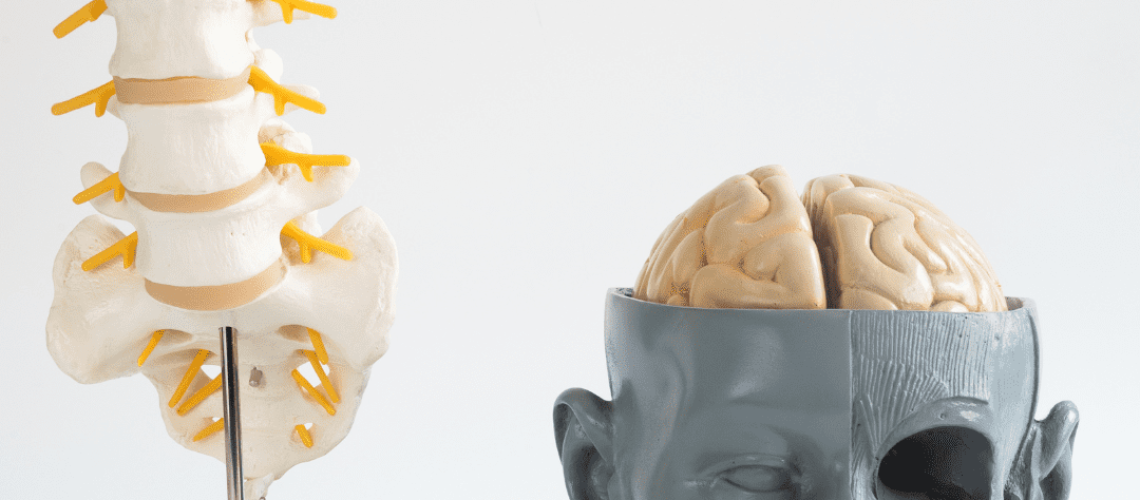Far too often in today’s healthcare system, patients are being let down by their Chiropractor and healthcare providers. As a patient, you deserve to be guided back to health appropriately and efficiently. Too many injured and ailing people are not being thoroughly evaluated, therefore not receiving appropriate conservative care, nor are they given a game plan to prevent the pain or injury from returning in the future.
There are 3 Basics of Care You Deserve
- Comprehensive Evaluation and Assessment
- Conservative Treatment Options
- Prevention and Self Care Training
Comprehensive Evaluation and Assessment
Too often a patient presents to their primary care physician, or specialist and are given a proper history and consultation, but a very low-level musculoskeletal exam.
Many times, the doctor doesn’t even assess the muscle tissue, joint function, and/or the movement of the patient. In many cases, they perform a few very brief orthopedic tests, may refer you for some diagnostic imaging, before concluding that you must rest for 6 weeks and finally prescribe you some medication to help “manage” your condition.
There are many shortcomings that you may experience when you see any healthcare provider for your musculoskeletal pain or injury. The first step is being an informed patient, and understanding what quality care entails. I have outlined some key points that you as an informed patient should come to expect from your provider when you seek treatment for any musculoskeletal condition.
What does a thorough examination and treatment plan include?
Your evaluation and assessment should provide you with a working diagnosis and the potential indirect causes of the pain or injury. The diagnosis should be specific and clearly communicated.
- A thorough History & Consultation – what happened to you? Sometimes the answer is obvious, like a fall or sports injury. With chronic pain or injuries, there may be many factors affecting your pain or ability to heal, and it’s important to know and understand the bigger picture. Physical, chemical, and emotional stresses that seem unrelated may provide important information.
- A comprehensive assessment including but not limited to movement, mobility, and strength assessments, and palpation (assessing by hand) of the joints, muscles, tendons, and ligaments
- An exam that assesses the body as a whole, and does not only focus on the point of pain. For example, many times a patient with low back pain has hip range-of-motion and mid-back mobility issues that have led to the low back being overworked.
- A specific working diagnosis based on the comprehensive exam.
- All your conservative treatment options should be explained and discussed, offering you a chance to ask any questions you might have and provide clarity regarding our plan.
- You should expect to receive advice regarding preventative care for your injury, so once you are out of pain, you can avoid re-injury or aggravations.
A thorough evaluation and assessment are essential for determining an appropriate course of care and treatment options. This allows for an informed decision regarding which conservative treatment options would be best suited for your individual case.
Do You Need an X-Ray or MRI to diagnose your pain?
Not necessarily. In many cases of uncomplicated musculoskeletal pain, x-rays may be unhelpful at best and create unnecessary worry and additional interventions at worst.
A good Chiropractor or healthcare provider should be able to screen for potentially serious problems – things like fractures, tears, infections, or tumors – by taking a good history and doing a thorough exam. Ordering X-rays, MRIs, and CT scans without a legitimate suspicion of something serious is often a waste of resources and may find “incidentalomas” or normal changes associated with aging that aren’t necessarily part of the problem.
Conservative Treatment Options
In my opinion, you deserve to have a comprehensive hands-on approach to your pain or injury. Most patient presentations respond best to a specific combination of therapies. This may include adjustments from your Chiropractor, soft tissue work, rehab exercises, and advice on how to train and prevent further exacerbations of the injury. Chiropractors may also use therapies like Frequency Specific Microcurrent to reduce pain and inflammation.
Conservative treatment should not be a “one size fits all” approach. Different treatments target different tissues, so it’s important to develop a plan that addresses your specific needs and goals. A Chiropractor should examine and have a conversation that will help create a practical treatment plan specifically for you.
Prevention Training
There are few things more frustrating from both the patient’s and doctor’s perspective than the return of the pain or injury. There are many potential factors that can contribute to the re-aggravation of your injury or symptoms. These include over-use strain from work, life, or sport, not following the prescribed exercises or the lack of injury prevention training from your Chiropractor or healthcare provider.
As an informed patient, these are a sample of some prevention options you should expect advice and guidance on.
- Activities of Daily Living Training: Many activities we do in our daily life can cause physical strain when performed improperly.
- Return to Work/Sports Advice: Proper time frame for return and potential modifications.
- Body Awareness and Preparation: Proper lifting, bending, posture, etc.
- Corrective Exercises to address specific problems with strength and mobility
- Desk Ergonomics Tips: Desk sitting – and the limited activity that it usually causes – can contribute to many conditions.
- Proper Equipment recommendations: like proper shoes for different activities
- Skills/Technique Training: like Golf swing technique from a teaching professional.
As the saying goes, you are unique, just like everyone else! Certainly, there are basic principles that apply to most humans – healthy movement, regular exercise, good nutrition, stress management, and quality sleep all go a long way toward getting well and staying well. But when you are having pain or difficulty doing those things, our goal is to help you figure out why, then offer treatment, education, and self-management tools to move better and feel better.

